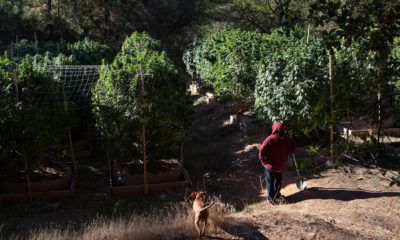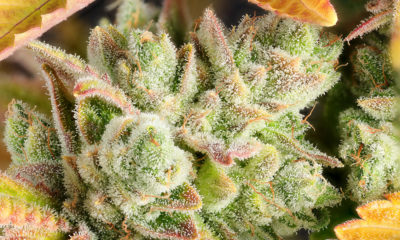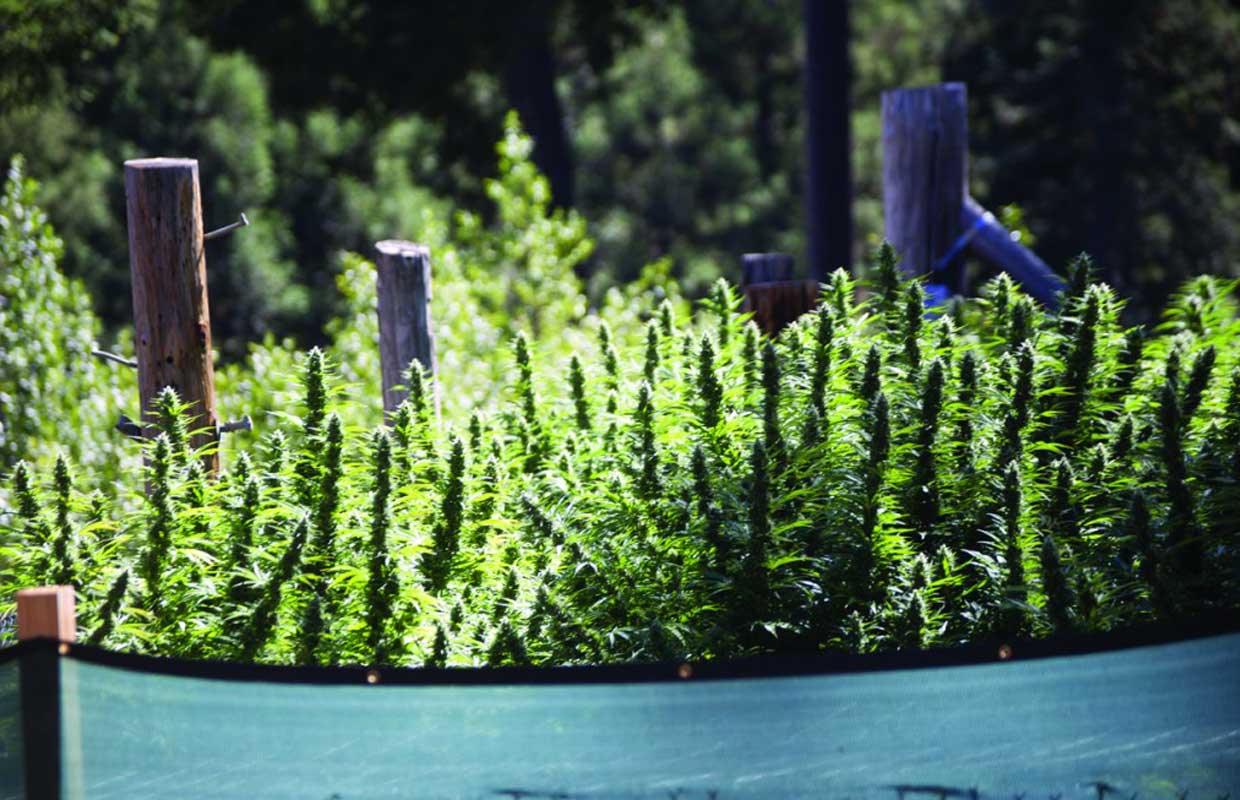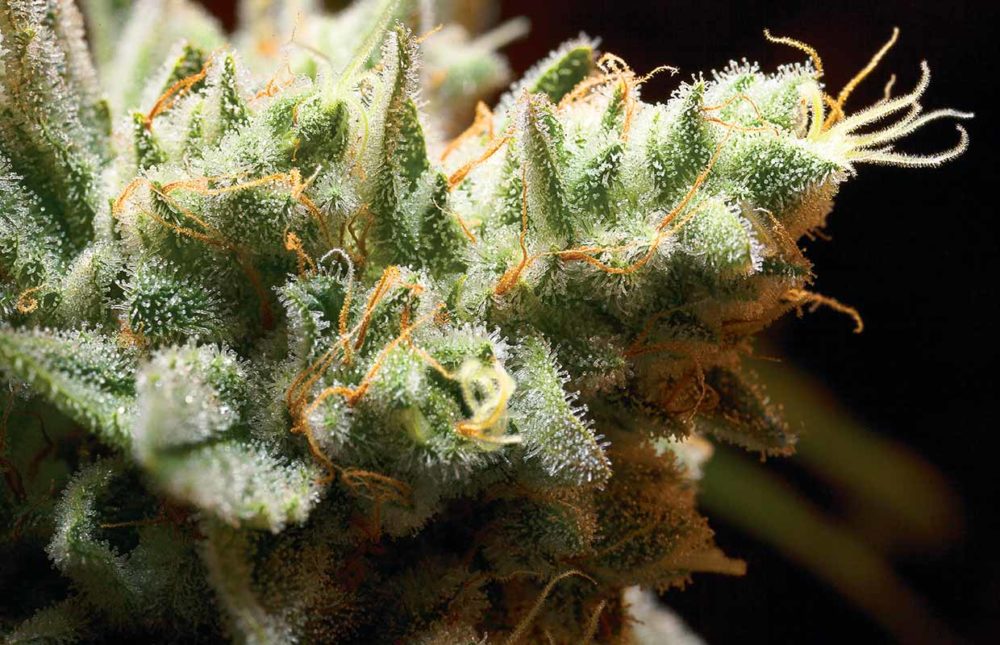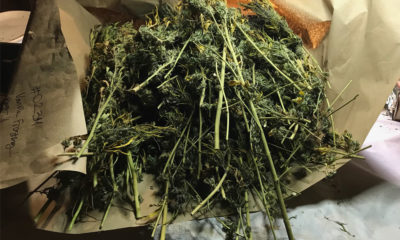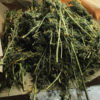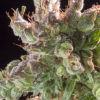
Cultivation
Summer Care: Pest Management and Crop Maintenance
Everything you need to know to care for your cannabis crop this summer.
Just because plants are safely in the ground does not mean the grower’s work is done. Molds, fungi, insects and harmful bacteria can ruin a crop long before harvest, but with a little extra planning in the hot months the organic horticulturist can create a miniature ecosystem filled with beneficial organisms to fend off the worst garden offenders. Follow these tips during the summer months to ensure a problem-free garden in the fall.
Pest Management Basics
Insects, fungi and other pests attack plants which are stressed. Over-watering, over-fertilizing, small containers/root binding, extreme environmental conditions and erratic light regimens will stress plants out and allows pathogens to take hold, causing all kinds of problems. So first take care of the basics and make each plant as happy as possible to avoid fighting an uphill battle.
Beneficial Mycorrhizae
An often-overlooked way to control harmful fungi is to populate plants with beneficial fungi called mycorrhizae, either as a foliar spray or as a root inoculant, which spreads helpful fungi around the roots and discourages harmful fungi to do the same. Ecto mycorrhizae are specific to cannabis and other plants; they decompose vegetative matter deeper in the soil, making available minerals and nutrients which otherwise could not be absorbed. Another advantage of ecto fungi is that they take advantage of secondary carbohydrates which the plant doesn’t need, furthering symbiosis. These organisms penetrate the cannabis plants roots, allowing enzymes to pass directly into the root’s cells. This passage of nutrients and minerals is directly nourishing the plants and allows more available nutrients to be absorbed throughout the soil medium. Application of your pro-mycorrhizal should start at the base of the plant as a root drench and can be applied via a foliar spray every week afterward.
Beneficial Bacteria
Bacteria can synthesize particular compounds for cannabis plants, facilitate uptake of certain nutrients from the soil and can help in preventing many plant diseases. The addition of beneficial bacteria will stimulate plant hormones, improve growth and control or inhibit pathogens; this allows a plant’s soil structure to thrive and promotes all plant processes. Beneficial bacteria used as a root inoculant or root drench will attack harmful nematodes and help colonize roots to aid and enhance the breakdown of nutrients by beneficial mycorrhizae. Some common beneficial bacteria are Bacillus subtilis, Pseudomonas fluorescence and Trichoderma species.
Making a Tea
One of the best ways to support inoculated organisms is through the application of compost tea. There are many recipes for compost teas but this one is a simple and effective way of boosting up the “micro life food web” which supplies plants’ roots and outer immune system naturally. Making a tea using non-chlorinated water with an air stone, fresh worm castings and a little unsulfured black strap molasses will give beneficial microorganisms plenty of nutrition. When using a mycorrhizal and bacillus root inoculant with the worm castings and molasses, make sure to bubble the tea with an air stone in un-chlorinated water for at least 24 hours. Small containers work well but for large crops a five- gallon bucket works great.
Other Pest Mitigation Strategies
Moths/Caterpillars
One unwelcome garden pest is the codling moth, which causes havoc on certain fruit trees and sometimes lays its eggs on cannabis flowers. These and other caterpillars will consume cannabis and their excrement encourages mold growth. Usually the grower only discovers the presence of this pest after significant damage has already been done, but pheromone dispensers and ties can help avoid the damage in the first place when properly applied. When these odor-releasing ties are staked on the garden’s perimeter, they cause codling moths to be confused and minimize the production of larvae/caterpillars. This represents an organic method to control a moth problem.
Food Grade Diatomaceous Earth for Organic Pest Control
Diatomaceous earth, the ground fossilized remains of marine phytoplanktons, works by piercing insects with exoskeletons. When applied to dry soil and spread over an area infested with insects, it often takes care of many pest problems in just one step. Keep the soil dry for a few days and reapply if pests return.
Micronized Wettable Sulfur: This form of sulfur, a good fungicide and miticide, works well for powdery mildew, botrytis and a variety of mites. A little dusting of micronized wettable sulfur on summer leaves can be highly effective, but this form of organic pest control must be limited during the majority of flowering to avoid leaving the distinct rotten egg smell of sulfur on the end product of a cannabis garden.
More Summer Tips
Encouraging a beneficial environment for plants is only one way to maximize their time in the summer sun. While the climate is warm, make sure to also follow these other helpful tips:
Aerating Soil
This is a good practice to use right after spring soil amendments so that nutrients trickle down to where the plants will be able to absorb them the most. Use a broad fork, which looks like a pitch fork but has several more prongs, to penetrate the soil. Press the broad fork into the soil and lift the soil slightly. This causes holes to penetrate several feet and also loosens the compacted soil. A rod and hammer may also be used, although this technique involves more work. It is best to aerate the soil at least three times during the year, in spring, summer and before fall. This allows oxygen and air to the roots and will benefit the grower with a larger root mass that will, in turn, yield larger flowers.
Watering Plants
Tap water from a municipal source will usually contain high amounts of chlorine and other oxidizing byproducts which are there to inhibit the growth of organisms and may make potable water unfit to drink. Unfortunately cannabis plants need specific fungi and bacteria to grow. Their roots uptake all the necessary macro and micro nutrients contained in the soil and dissolved water, which are then brought up through the plant’s roots. This symbiosis is necessary for soil-based plants, so the presence of such chemicals can inhibit vegetative growth.
To keep your plants growing big and strong without stunting growth and locking out nutrients use a reverse osmosis system with a charcoal filter to remove chlorine, chloramines and trihalomethanes which may be left over in the plant’s water supply from improper chlorination. Bottled water also works well, but for a less expensive and ecologically friendly alternative, captured rainwater is one of the best sources. If drawing from a well, make sure to test the well water for high amounts of certain elements like iron or sulfur which can lock out other nutrients from your plant’s soil if the levels are too high.
Cannabis Pruning
This is a method of selective removal of dead branches, stems and diseased plant tissue which could affect the overall health of the plant. Removal of nonproductive unwanted branches and stems allows nutrients and water to channel to other portions of the plant, thus increasing yields and quality of the finished flowers. Pruning also opens up the center of cannabis plants, allowing more light penetration to the lower limbs which, in turn, will improve overall plant growth. Pruning will also allow more air current to pass through the plant which brings down the prevalence of molds and pests by keeping the central portions drier. Be warned that pruning should only be done or limited to young, small, pliable stems and branches so that the plant can heal quickly and has the least chance of fungal pathogenic infections.
Defoliation
Defoliation is a technique that is somewhat like pruning but not as stressful to growing or flowering plants. By removing dead or unhealthy leaves still attached to growing cannabis plants, the careful grower can see faster growth. Removing these leaves also allows for more air circulation and reduces the chances of molds or other harmful fungi from attacking your plants. This method is especially useful late in the summer when plants are beginning to flower. Too much defoliation during the summer can hurt the plants, however; it is better to leave some of the larger fan leaves so that necessary plant nutrients can be gathered from them, the most readily available source. Complete defoliation (leaving only the small leaflets around the buds) is best saved for fall; this forces all plant energies directly into production of resins and flower mass.
Written for issue 7 of Cannabis Now Magazine.





